Warning Signs
- 1/61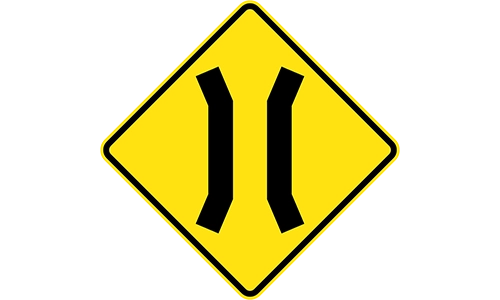
The bridge may not be wide enough to safely accommodate two vehicles at the same time. Drivers should slow down and be prepared to yield or proceed with caution.
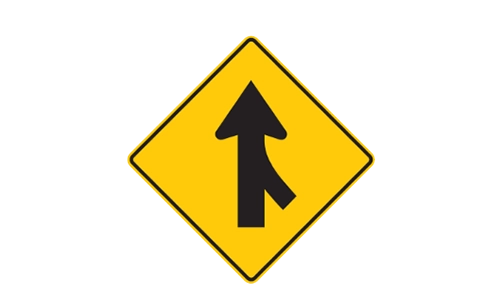
This sign warns that another road is joining from the right. Drivers should be ready for merging traffic and adjust speed or position as needed.
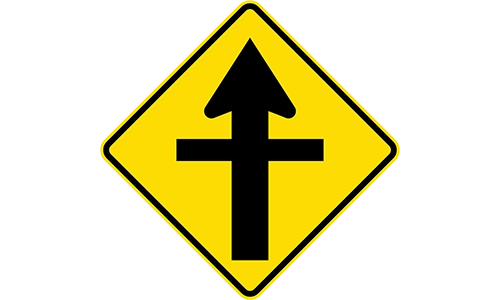
This sign indicates an intersection ahead, showing which traffic direction has the right-of-way. Drivers approaching from other directions must yield accordingly.
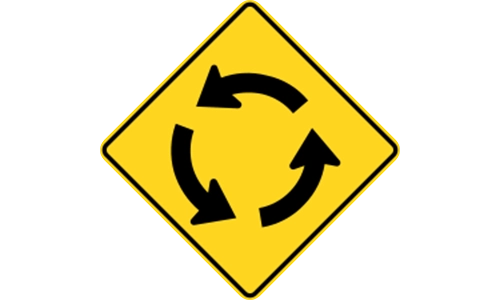
This sign means a roundabout is ahead. It tells drivers to slow down and prepare to yield. Vehicles inside the roundabout have the right-of-way, and traffic flows counter-clockwise.
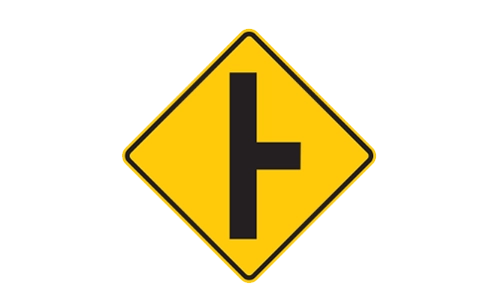
This sign warns of a hidden intersection where drivers on the side road may not have a clear view. Extra caution should be used when entering or crossing the main road.
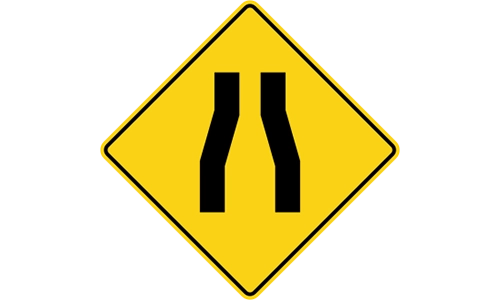
This sign indicates that the road will become narrower ahead. Drivers should reduce speed and be prepared to adjust their position in the lane.
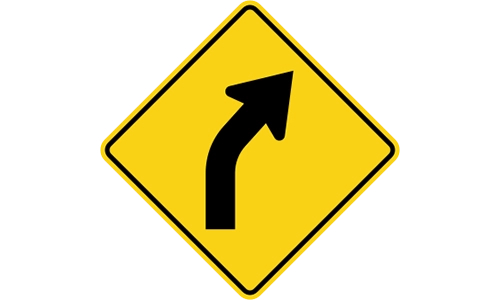
This sign alerts drivers to a gentle curve to the right. Slow down slightly and maintain control of the vehicle as you navigate the bend.
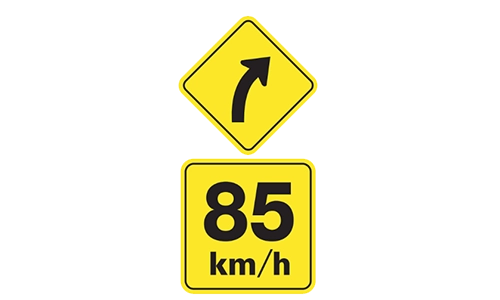
This supplementary sign shows the maximum safe speed at which to take the curve ahead. It is not a speed limit but a strong recommendation for safety.
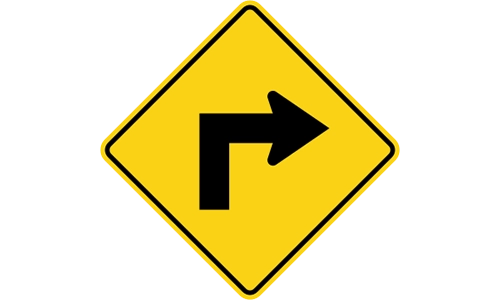
This sign indicates a sharp turn or bend to the right, requiring you to reduce speed and steer carefully to stay in your lane.
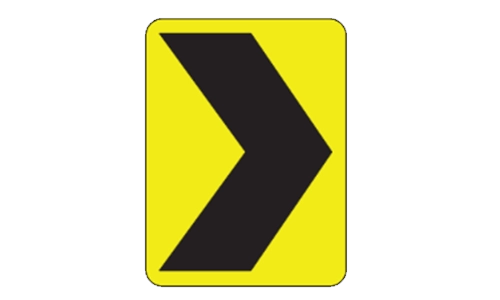
Chevron signs help guide drivers through sharp curves by visually indicating the path of the road. They are placed along curves to show direction and encourage reduced speed.
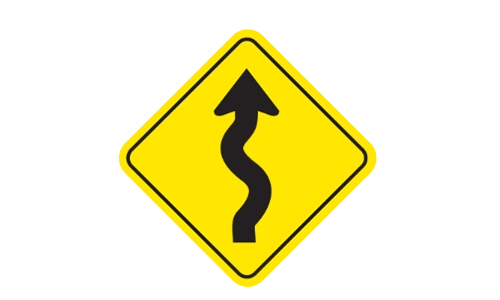
This sign indicates a winding road ahead with several curves. Drivers should slow down and be alert as they may need to adjust speed multiple times.
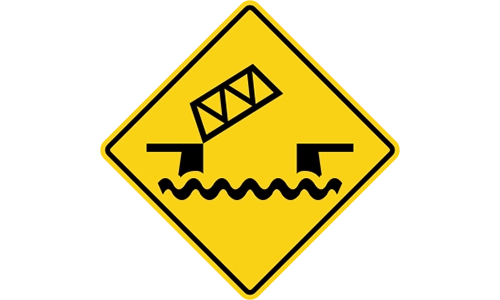
This sign alerts drivers to a drawbridge or lift bridge ahead. Be prepared to stop if the bridge is raised to allow boat traffic to pass.
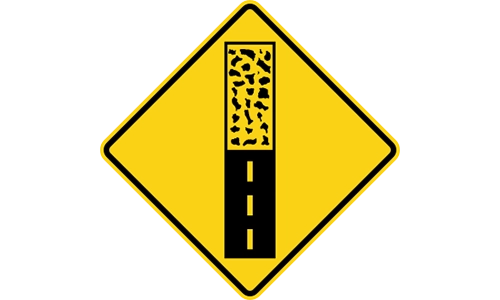
This sign indicates that the paved road surface ends ahead, transitioning to a gravel or unpaved surface. Reduce speed to maintain control, as traction may be significantly reduced.
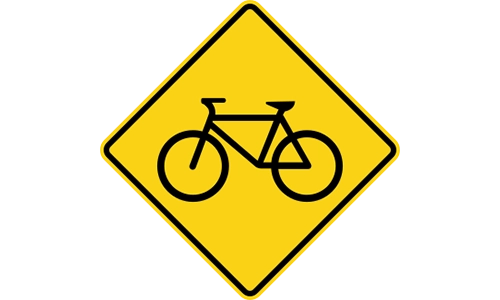
Cyclists may cross the roadway at the upcoming crossing point. Drivers should remain alert and yield if necessary, especially in areas with heavy bicycle traffic.

You are approaching a stop sign that is not yet visible. Begin to slow down so that you can stop fully at the upcoming intersection.
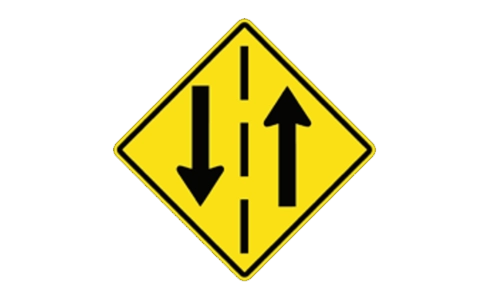
Two-way traffic begins ahead, often after a divided highway ends. Be alert for vehicles approaching from the opposite direction and adjust your driving accordingly.
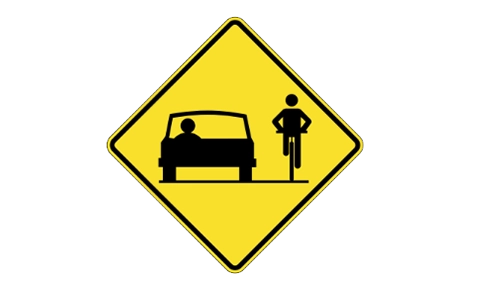
Drivers are reminded to allow adequate space for cyclists and share the road respectfully. Increased awareness and reduced speed may be required, particularly in narrow lanes.
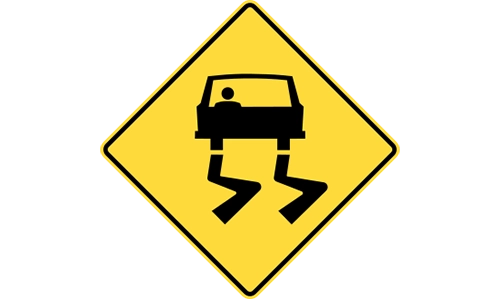
The road may be slippery when wet, increasing the risk of skidding or hydroplaning. Reduce speed, avoid sudden braking or acceleration, and increase following distance.
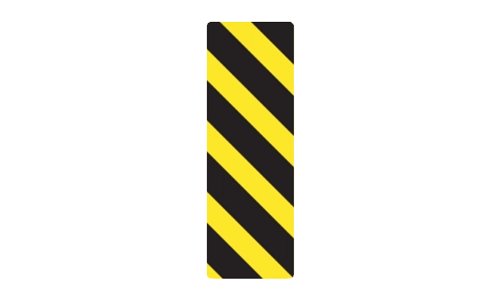
There is a hazard near the edge of the road, such as a culvert, post, or drop-off. The diagonal stripes point toward the safe side on which you should pass the obstacle.
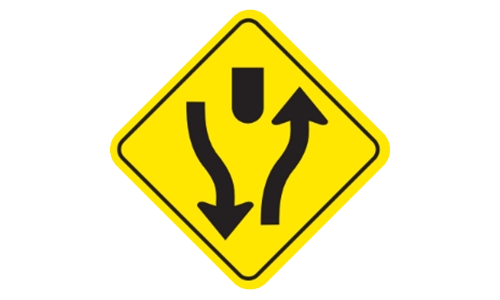
Traffic will be split into two one-way roads with a central divider. Keep to the right of the divider, and be aware that oncoming traffic will now travel separately from your lane.
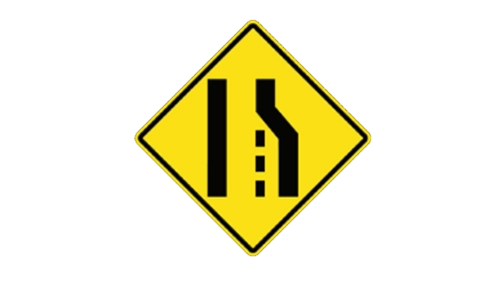
The right lane is ending ahead, and drivers must merge safely into the left lane. Signal early, check blind spots, and yield to vehicles already in the continuing lane.
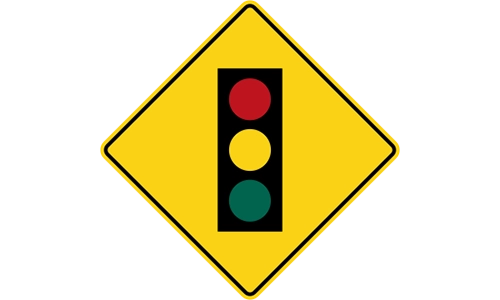
A traffic light-controlled intersection is approaching. Slow down and be ready to stop if the light changes or if there is already stopped traffic ahead.
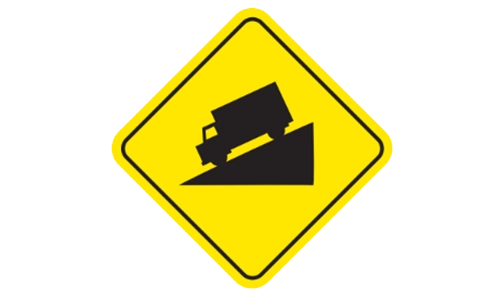
A steep downhill slope lies ahead, which may increase vehicle speed quickly. Use a lower gear to maintain control, and avoid excessive use of brakes on long descents.
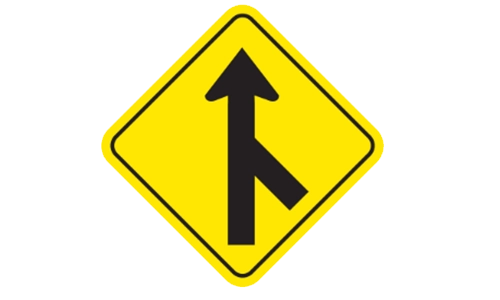
Two roads traveling in the same direction will merge into one. Drivers from both lanes are responsible for merging smoothly and should adjust their speed and spacing to do so safely.
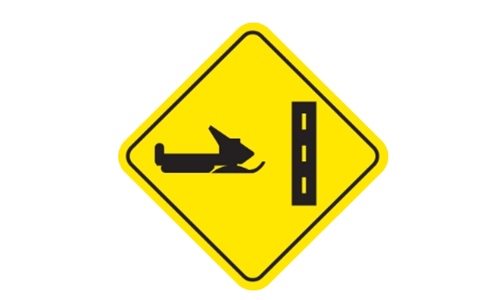
Snowmobiles may cross or travel along the road at certain points, especially in winter or rural areas. Slow down and stay alert for slow-moving vehicles entering from the side.

The divided highway is ending, and traffic in both directions will soon share the same roadway. Drive cautiously, stay right, and watch for oncoming traffic.
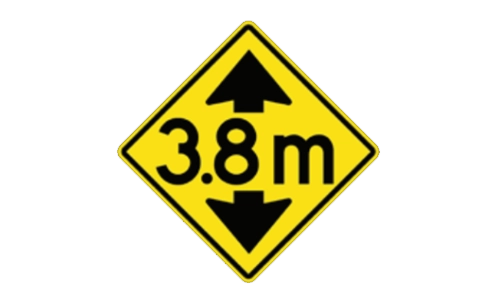
An underpass with limited vertical clearance is ahead. Ensure your vehicle does not exceed the posted height limit, especially if driving a truck or vehicle with roof cargo.
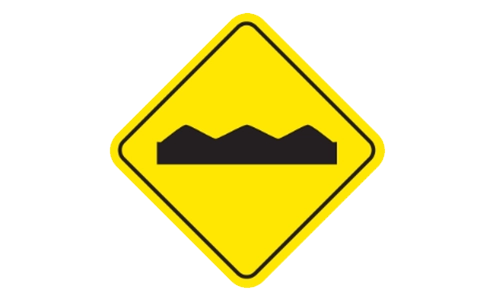
There may be a bump or uneven pavement on the road ahead. Reduce speed and keep a firm grip on the steering wheel to avoid losing control or damaging your vehicle.
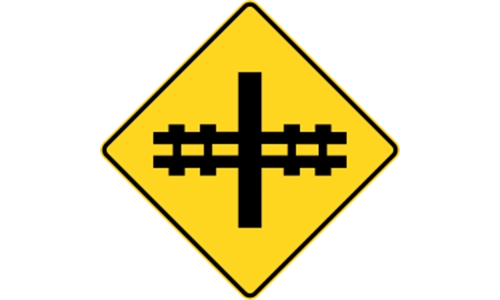
Railway tracks cross the road at an angle up ahead. Be alert for trains and proceed only when it is clearly safe; tracks may be difficult to see or hear in poor weather.
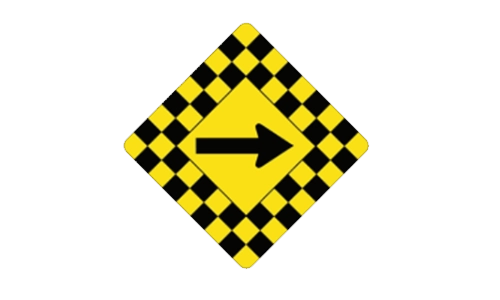
A sharp turn is located just ahead, in the direction shown by the arrow. The checkerboard border emphasizes the need for reduced speed and extra attention to road alignment.
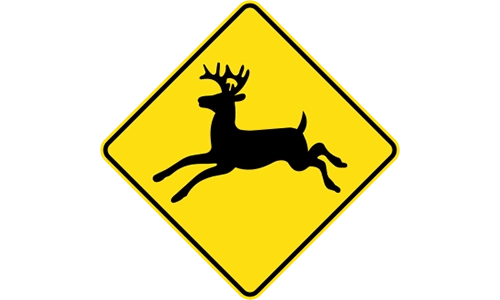
Deer frequently cross this stretch of road, especially around dawn or dusk. Drive at a controlled speed and scan the roadside to avoid sudden collisions with wildlife.
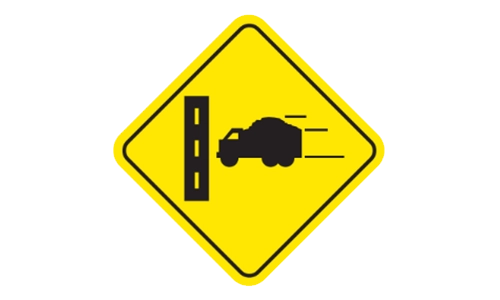
Trucks may be entering the roadway from a driveway or loading area on the right. Watch for slow-moving vehicles and give them space to merge safely into traffic.
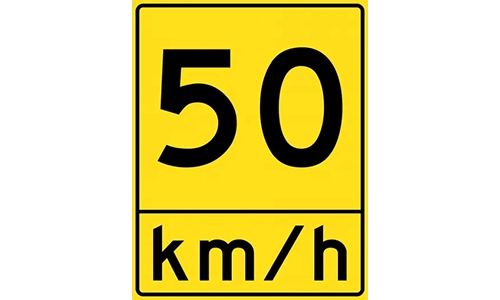
The speed shown, for example 50 km/h, is the recommended maximum safe speed for the upcoming curve or ramp. Exceeding this speed could make it harder to stay in your lane or maintain traction.
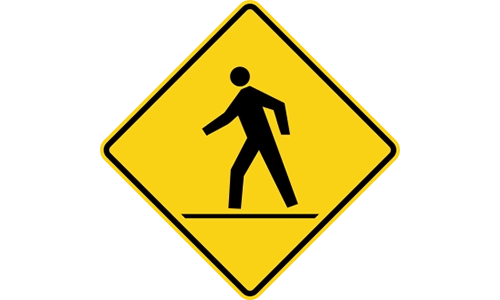
Watch for pedestrians who may be crossing the road. Be especially cautious in residential, commercial, or school zones, where pedestrian activity is higher.
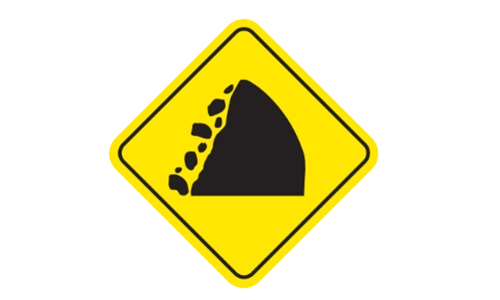
There is a possibility of rocks falling from the adjacent slope or cliffs. Stay alert and avoid stopping near steep rock faces where debris might fall onto the road.
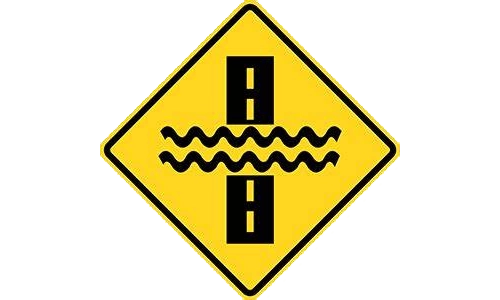
Water may be flowing across the road, typically after heavy rain or near a ford. Drive slowly, test your brakes afterward, and avoid crossing if water depth is uncertain.
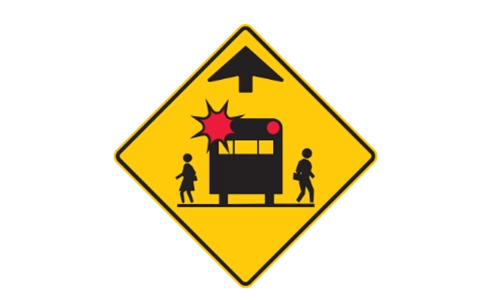
A school bus stop is ahead but may be hidden from view due to curves or obstructions. Reduce speed and watch for children and a stopped bus displaying flashing red lights.
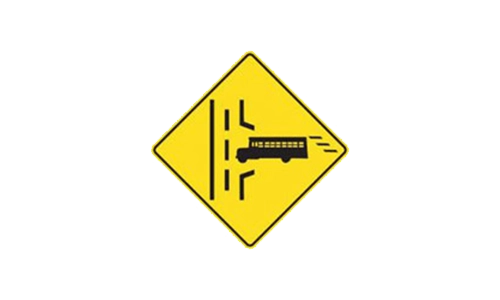
Buses will be entering the main road from the right at a designated access point. Be ready to yield to merging buses and adjust your speed or lane position accordingly.
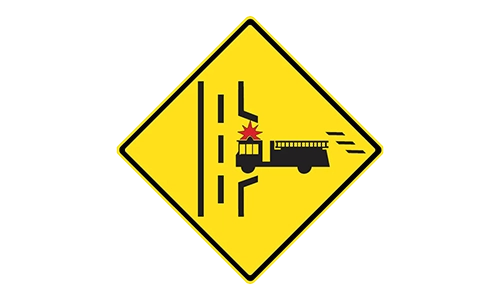
A fire station is nearby, and emergency vehicles may be entering the road from the right. Yield promptly and allow fire trucks to merge without delay.
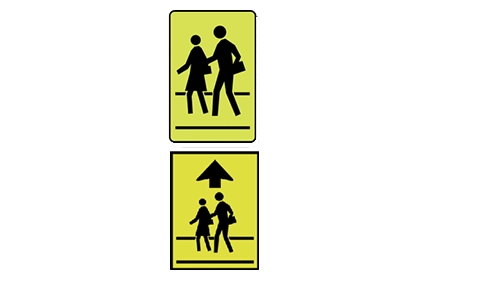
Children may be crossing the road near a school zone. Drive slowly, obey any crossing guards, and remain highly alert for pedestrians, especially during arrival and dismissal times.
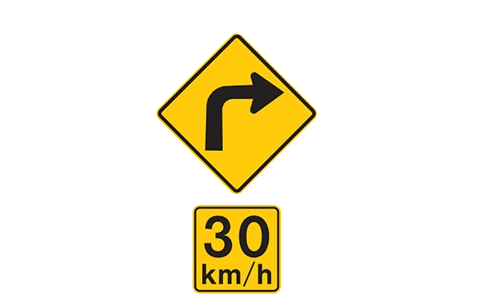
The yellow diamond sign with the curved arrow warns of a sharp curve, while the supplementary sign indicates an advisory speed. This means that 30 km/h is the recommended safe speed to navigate the curve effectively.
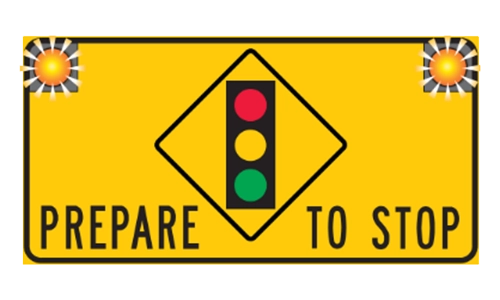
This warning sign specifically alerts drivers to the presence of traffic signal lights ahead, prompting them to slow down and prepare to stop. The flashing lights on the sign itself serve as an additional visual alert, emphasizing the need for immediate caution and readiness to halt.
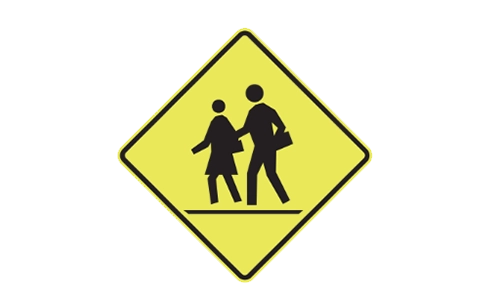
This fluorescent yellow-green sign is a critical warning signal, indicating that a school crosswalk is approaching. Drivers should be highly alert and prepared to stop for pedestrians, especially children, who might be crossing the road in this area.
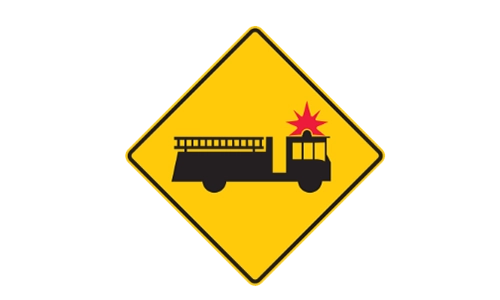
This warning sign alerts drivers to an upcoming location where fire trucks or other emergency vehicles may be entering or exiting the roadway. Drivers should be prepared to yield or stop to allow emergency vehicles to pass safely.
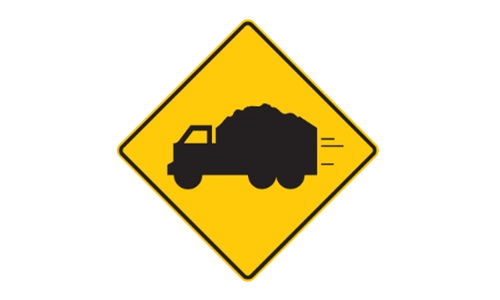
This sign indicates that drivers are approaching an area where trucks may be entering or crossing the roadway, such as a construction site entrance, a quarry, or a logging road. Drivers should slow down and be prepared for large vehicles to suddenly enter the flow of traffic.
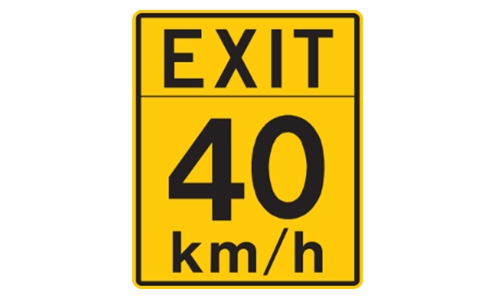
This sign is an advisory speed warning for an upcoming highway or freeway exit, recommending a speed of 40 km/h for safely negotiating the curve or conditions of the exit ramp. Drivers should reduce their speed to the advisory limit for a smooth and safe exit.
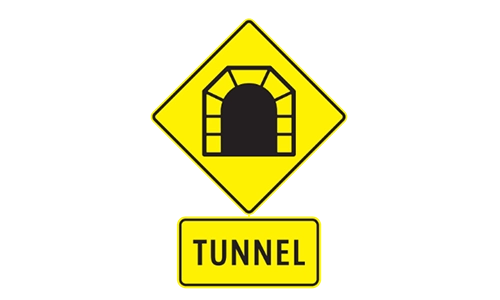
This sign prepares drivers for entering an enclosed section of roadway. It is important to adjust driving for reduced visibility and potential changes in air pressure or road surface within the tunnel.
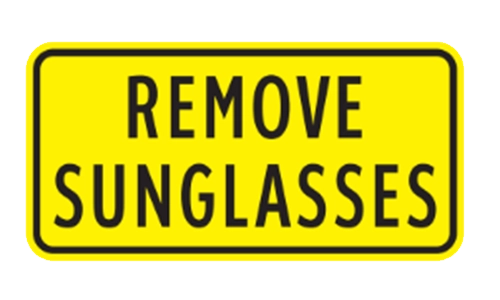
This sign is typically placed before entering a tunnel or a shaded area where sudden changes in light can impair vision if wearing sunglasses. Removing them allows the drivers to adjust their eyes more quickly to the reduced light inside.
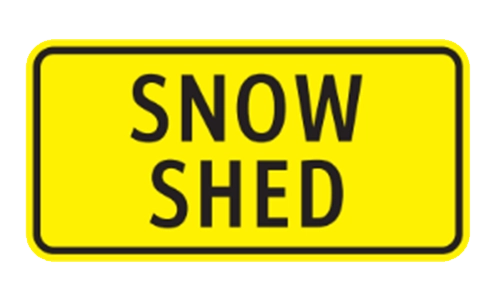
A Snow Shed sign warns drivers of an upcoming protective structure, often built over roadways in mountainous areas, designed to prevent snow and rock slides from covering the road. Drivers should be aware of entering this enclosed or semi-enclosed structure.
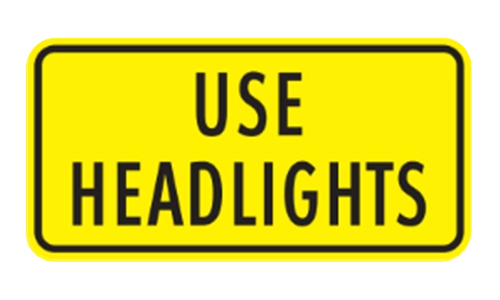
This advisory sign is typically posted before sections of road where visibility may be reduced, such as tunnels, dense fog, or periods of low light. Turning on headlights ensures that the vehicle is more visible to other drivers and helps illuminate the road ahead.
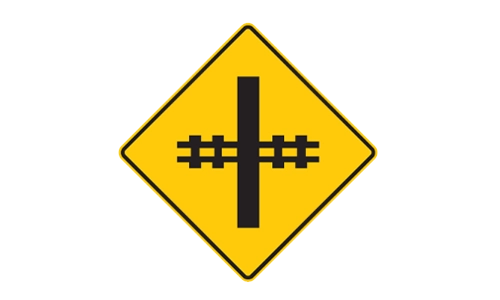
Drivers must be vigilant, look and listen for trains, and be prepared to stop if a train is approaching or if warning signals are active, prioritizing safety at all times.
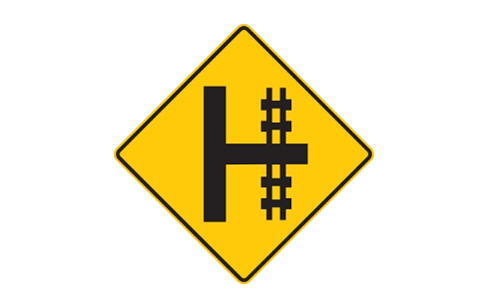
This sign serves as a crucial warning for drivers that while they may not directly cross tracks on their current path, they should be prepared for potential train traffic if they turn onto the side road.
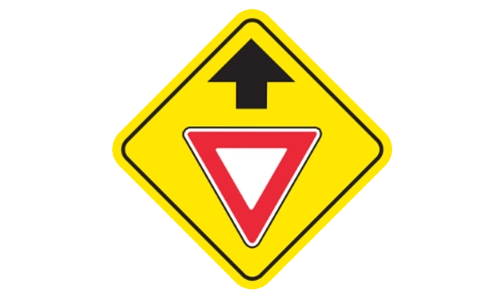
Drivers should slow down and be ready to stop if necessary to allow other vehicles or pedestrians to proceed first, as they will be required to yield the right-of-way.
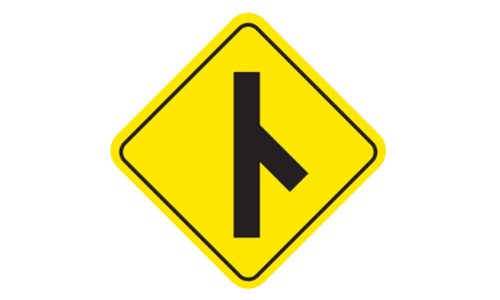
This sign warns drivers that a road will intersect from the right side, but its approach may be obscured, such as by hills, curves, or vegetation. Drivers should slow down and be extra vigilant for vehicles entering the main roadway from that hidden approach.
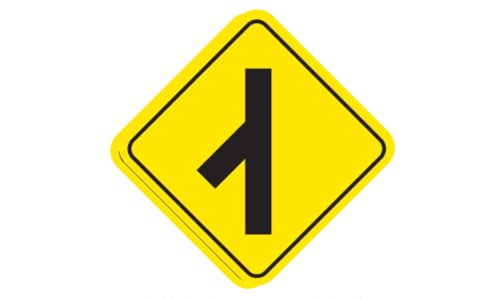
This warning sign indicates that an intersection with a road entering from the left is ahead, but its visibility might be limited. Drivers should reduce speed and be prepared for vehicles emerging from the left.
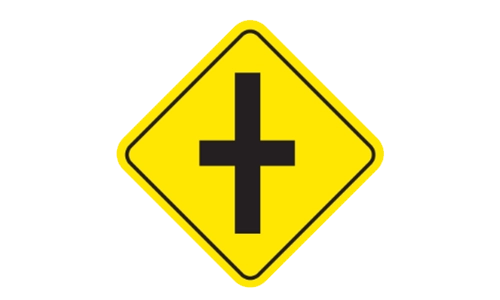
This sign, often referred to as a crossroad ahead or hidden road sign, warns of a regular four-way intersection where traffic may enter from both the left and right, and potentially cross straight ahead. Drivers should prepare for cross-traffic and yield rules.
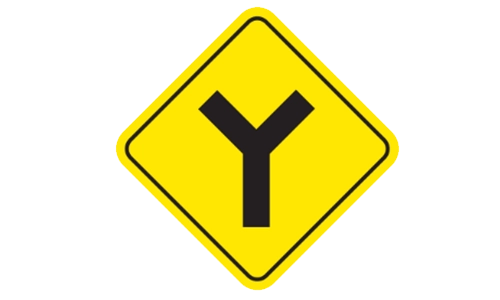
This Y Intersection sign warns drivers of an upcoming road split where the roadway divides into two distinct paths, resembling the letter Y. Drivers should choose their desired direction well in advance and prepare to diverge accordingly.
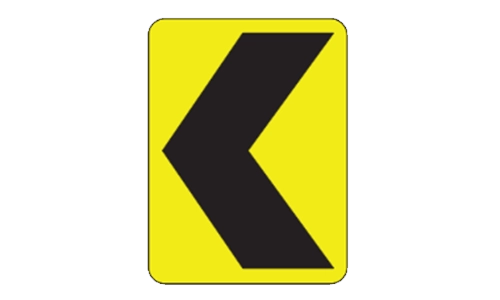
A left-pointing chevron clearly signals to drivers that the road ahead takes a sharp turn to the left, necessitating a reduction in speed and careful steering to safely negotiate the bend.
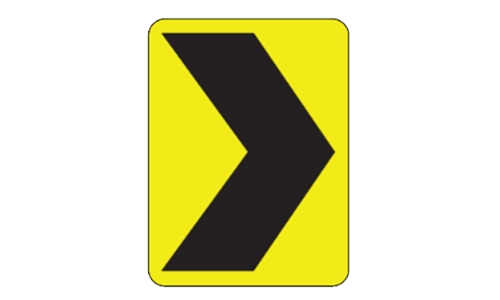
A right-pointing chevron sign alerts drivers to an upcoming sharp curve or bend in the road to the right. This visual cue demands drivers to slow down and adjust the position of their vehicle and speed to safely navigate the sharp turn.
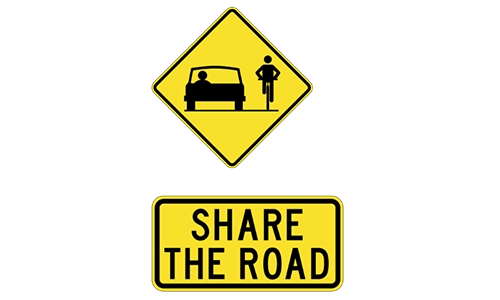
This sign emphasizes that drivers and cyclists will be sharing the same travel lanes. This warning requires motorists to be extra vigilant, give cyclists sufficient clearance, and operate their vehicles with increased awareness and courtesy towards vulnerable road users.
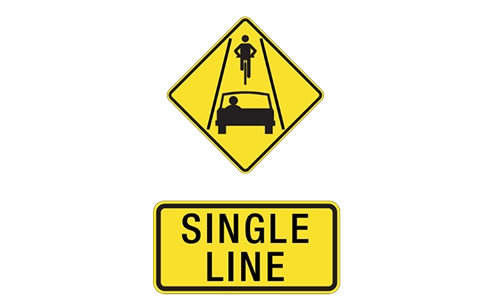
The width of the lane is insufficient for a motor vehicle to safely pass or drive parallel to a bicycle within the same lane. Drivers should be prepared to slow down, maintain a safe following distance, and only pass when it is legal and safe.







